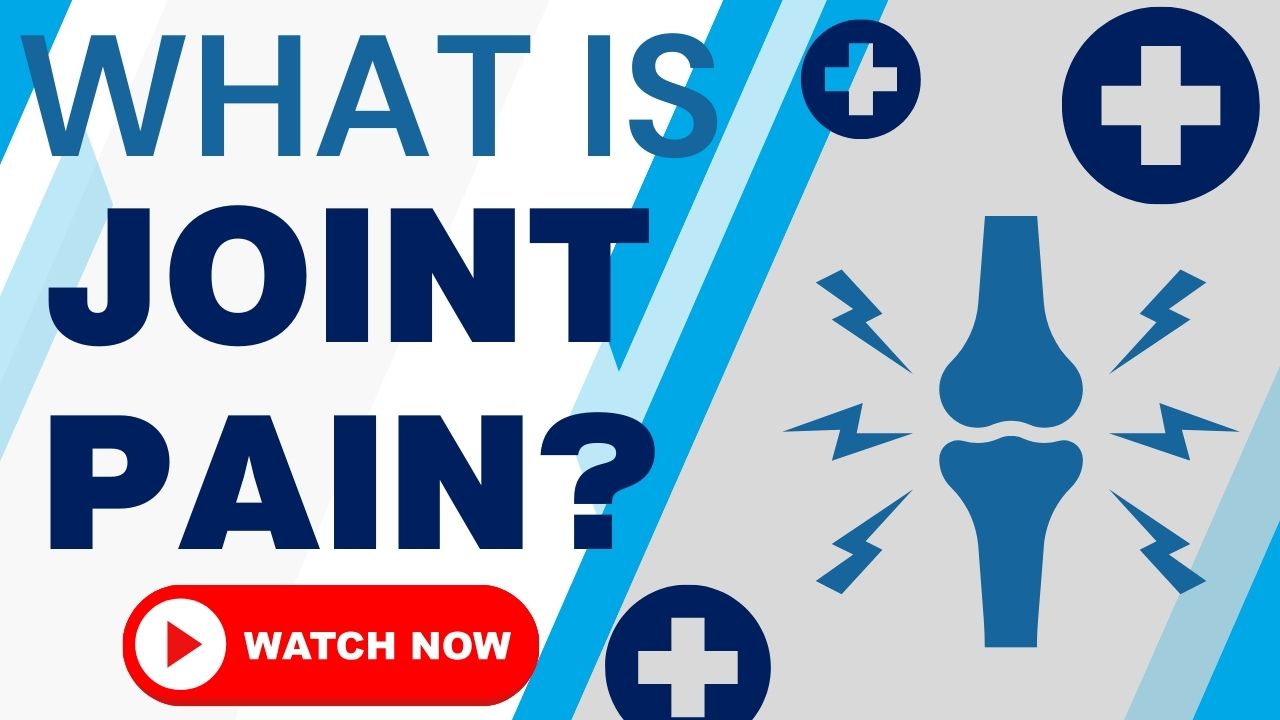
CONDITION OVERVIEW
Ankle pain is a very common musculoskeletal issue, stemming from simple sprains to chronic instability and arthritis. The ankle is a complex joint that bears the body's full weight, making it vulnerable to both acute injuries and degenerative wear. Whether you're dealing with Achilles tendinitis, post-injury pain, or arthritis, ankle pain can severely limit mobility. At Spine and Nerve Center Riverview, we offer precise diagnostics and cutting-edge, non-surgical treatments to reduce pain, improve stability, and get you back on your feet.

ROOT CAUSES
Ankle pain can result from damage to ligaments, tendons, cartilage, or bone. The specific location and nature of the pain are key to an accurate diagnosis.
Damage to ligaments from "rolling" the ankle. If this doesn't heal properly, it can lead to chronic instability and recurring pain.
Inflammation or degeneration of the large tendon at the back of the heel. Common in runners, causing pain and stiffness.
"Wear-and-tear" (osteoarthritis) or inflammatory arthritis. Often develops years after a significant injury like a fracture, causing deep, aching pain.
Compression of the tibial nerve as it passes through the ankle, causing numbness, tingling, and shooting nerve pain into the foot.

RECOGNIZING THE SIGNS
Ankle pain symptoms depend on the cause, but often involve swelling, tenderness, and difficulty bearing weight.
Obvious swelling, puffiness, and discoloration, especially after an acute injury or a flare-up of a chronic condition.
A feeling that the ankle is "giving way" or rolling, especially on uneven surfaces. A hallmark of chronic ligament instability.
Difficulty with the up-and-down motion of the foot (dorsiflexion), especially in the morning. Common with arthritis.
Pain that flares up during or after walking or running. Pain at the back of the heel is a key sign of Achilles tendinitis.
As the condition progresses, the pain may cause you to develop a limp to avoid putting your full weight on the affected ankle.
An audible pop or snap during movement, which can indicate tendon issues (like peroneal tendinitis) or loose bodies in the joint.
Don't let chronic ankle pain, instability from old sprains, or stiffness from arthritis keep you sidelined. We specialize in advanced, non-surgical diagnostics and treatments to restore function and help you stay active. Contact us to explore your options.